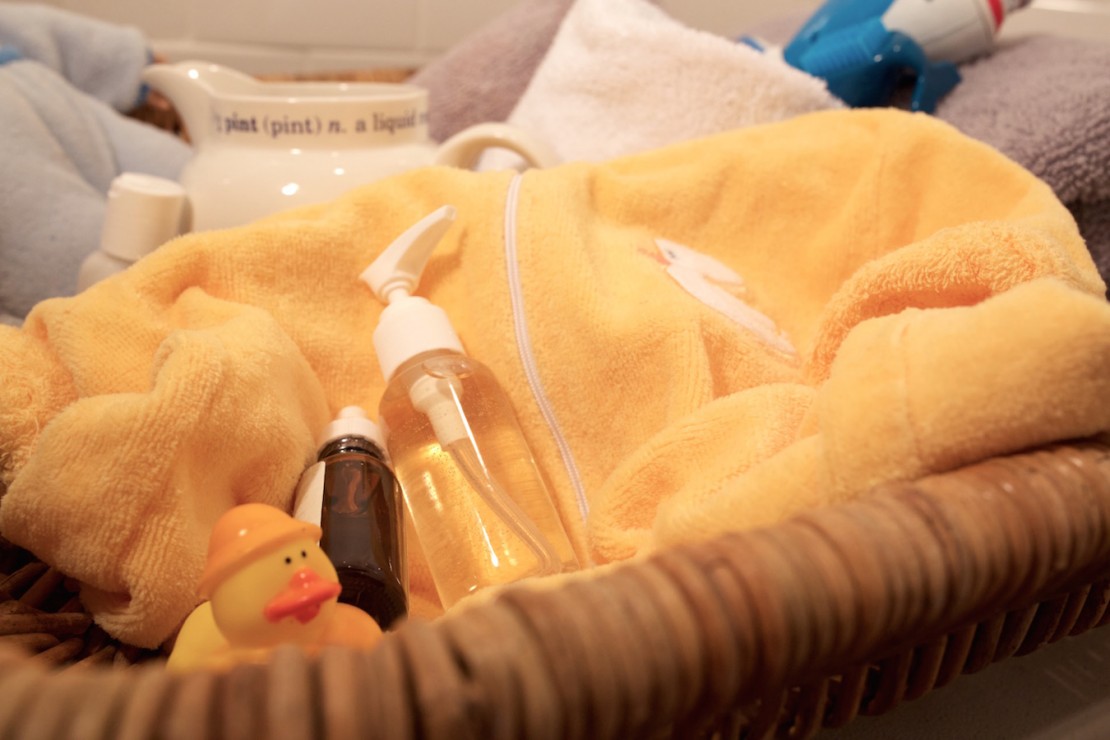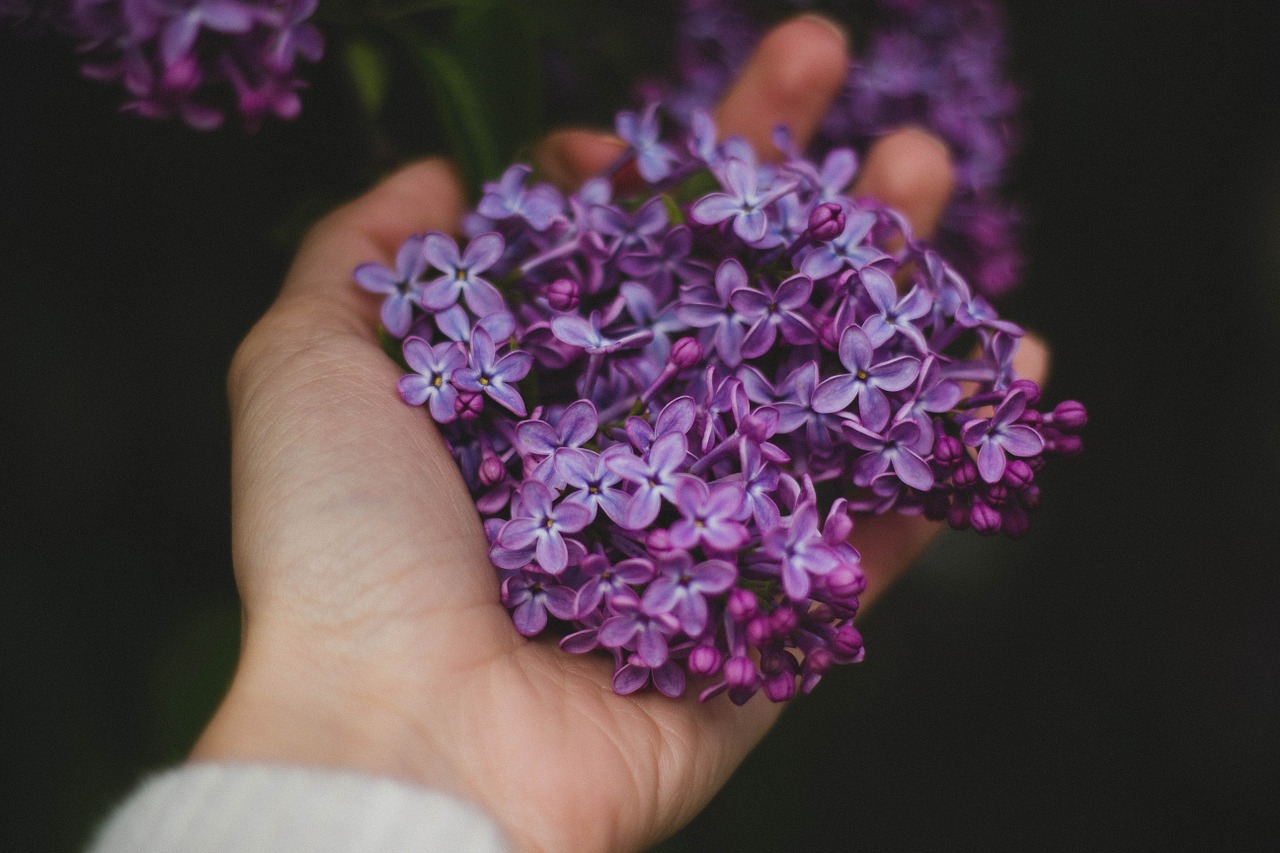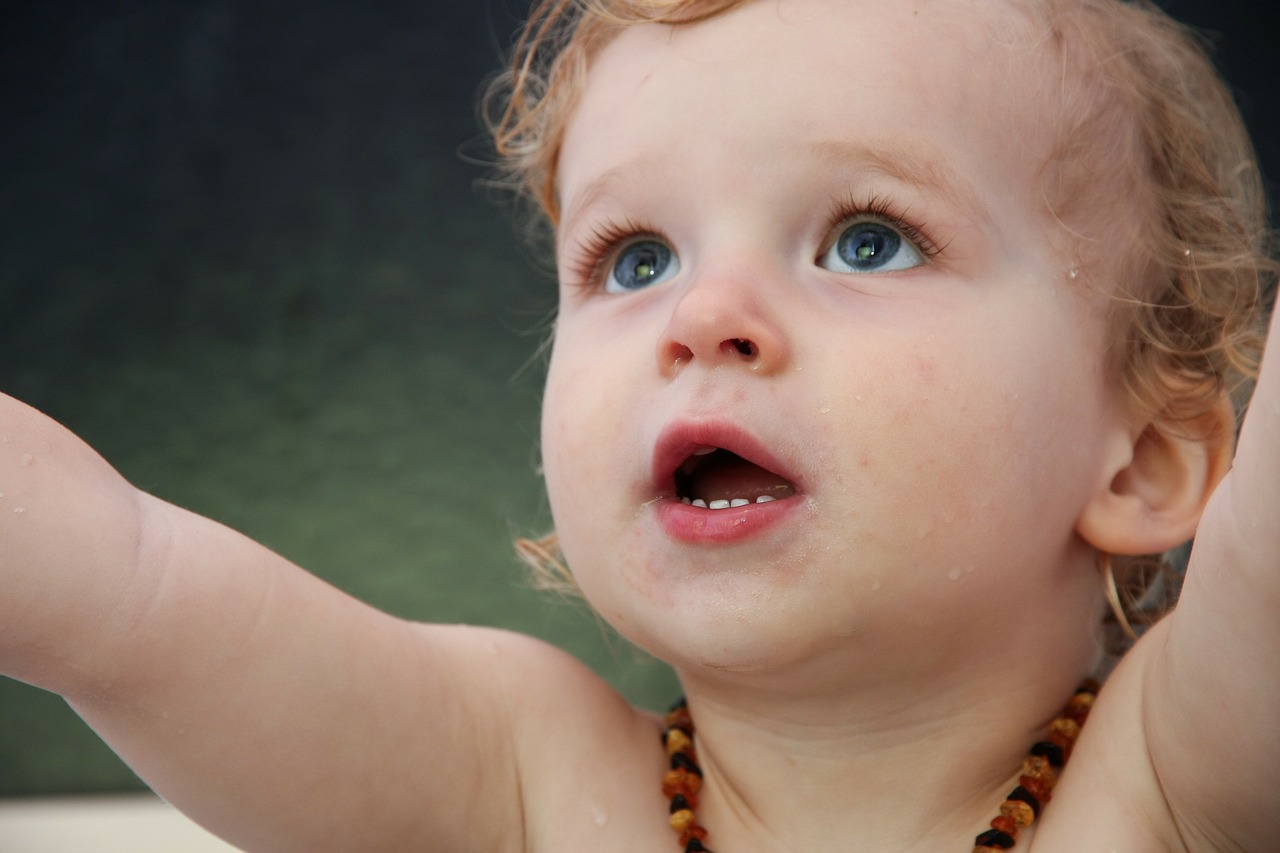
How To Use Hydrolats For Babies And Young Children
There’s nothing more stressful for a parent than a baby who won’t sleep or a sick, inconsolable child. Fortunately, we can turn to natural remedies to help and support during these challenging situations. One option parents can choose is to use hydrolats for babies and young children.
But what are hydrolats, where do they come from, and are they safe for small children? How are they used, and where does one find these preparations?
Today, we’ll be exploring how to use hydrolats for babies and children as another natural remedy option when it comes to managing your child’s health naturally.
Essential Oils May Not Be The Best “First Choice” For Children
Essential oils are gaining in popularity, and many people believe that because essential oils are from natural sources, they are intrinsically safe. This is not entirely accurate, and as with herbs, certain cautions should be considered.
A young child’s organs and skin are still developing which means they don’t protect, metabolize, or otherwise process chemicals they are exposed to either quickly or efficiently. Because essential oils are highly concentrated substances, they’re often stronger than what we really should be using with our young ones. Read more about appropriate uses of essential oils with children in this blog post here.
Thankfully, the hydrodistillation process that brings us essential oils also provides us with a safer option that’s effective for all members of our families: hydrolats.
When the water from the essential oil distillation process is condensed and collected, the small amount of essential oil floats on top of a larger volume of water. This water contains hydrophilic, or water-soluble chemical constituents, as well as a small amount of the essential oil. It is often thrown away after the essential oil has been decanted off, but some distillers carefully collect this precious water since they understand its value. This solution is often called a hydrosol, but the term “hydrolat” is actually more accurate as hydrosols can refer to many things, including water soluble fertilizers and machinery cleaning spirits.
Hydrolats for Babies And Young Children
Hydrolats are a wonderful addition to our pharmacopeia as they are powerfully effective while having few safety concerns. This makes them excellent choices for supporting wellness in babies and young children.
Their primary drawback is that they require a bit more maintenance and have shorter shelf-lives, often ranging from 12-24 months. Keeping hydrolat containers clean and in the refrigerator helps keep them fresh and effective as long as possible. Because of this increased susceptibility to mold and bacterial growth, commercially available hydrolats are often preserved with alcohol. The witch hazel hydrosol you find on the drugstore shelf is an excellent example of a therapeutic plant water with preservatives added.
Some sources may sell “floral waters” or something similar, but these are not always therapeutic quality hydrolats. When selecting a hydrolat for therapeutic purposes, be sure to choose one that has no additives or preservatives and is a genuine product of steam or water distillation. A few reputable retailers are listed at the end of this post to help get you started.
How to Use Hydrolats for Babies And Young Children
One of the fun things about using hydrolats for babies and young children is that their are so many ways you can use them!
You can make sprays, poultices, compresses, aloe vera gel blends, creams, or lotions. You can use them in the bath, as a warm or cold compress, in a diffuser, to freshen the air, to freshen bed linens, or to apply directly to baby’s skin. There really are so many options!
Bath time is an excellent opportunity to use hydrolats for babies and young children, especially when it comes to managing skin conditions. Simply add one to two teaspoons of hydrolat to the bathwater for a baby or one teaspoon per year of age, up to eight teaspoons total, for children ages two through twelve. In cases where aloe vera gel or Calamine lotion would be applied to the skin, an appropriate hydrolat can be incorporated into the application up to a 25% dilution (Catty, 2001).
If you chose to make your own cream or lotion, substitute an appropriate hydrolat in for the water phase. This increases both the aroma and the therapeutic value of your cream or lotion.
Below you’ll find a couple DIY recipes using hydrolats for babies and young children.
Hair Detangler
4 oz PET plastic or glass spray bottle
1 tablespoon organic apple cider vinegar
2 oz distilled water
0.5 oz lavender (Lavandula angustifolia) hydrolat
1 oz Roman chamomile (Chamamaelum nobile) hydrolat
Other suggestions: rose geranium (Pelargonium x asperum), neroli (Citrus aurantium var. amara flos), rose (Rosa damascena or Rosa centifolia)
- Blend all ingredients together in a spray bottle.
- Shake well before using.
- Spray lightly over damp hair after washing and drying hair.
Sunburn or Boo-Boo Spray
2-ounce PET plastic or glass spray bottle
0.5 ounce Aloe Vera Gel
0.5 ounce lavender (Lavandula angustifolia) hydrolat
0.5 ounce witch hazel (Hamamelis virginiana) hydrolat
0.5 ounce German chamomile (Matricaria recutita) hydrolat
- Blend all ingredients in the bottle.
- Shake well before using.
- Spray on affected area several times per day.
- May also be used as a cool compress.

Therapeutic Applications of Safe Hydrolats for Babies And Young Children
| Common name | Botanical Name | Therapeutic uses |
| Witch Hazel | Hamamelis virginiana | atopic dermatitis, sunburn, bug bites |
| German chamomile | Matricaria recutita | atopic dermatitis, sunburn |
| Roman chamomile | Chamaemelum nobile | diaper rash, teething, insomnia, inconsolable crying, sunburn, bath water, chicken pox |
| Lemon balm | Melissa officinalis | bug bites, diaper rash, cradle cap |
| Lavender | Lavandula angustifolia | chills, inconsolable crying, insomnia, sunburn, bath water, atopic dermatitis, pierced ears |
| Eucalyptus | Eucalyptus globulus | respiratory challenges |
| Rose geranium | Pelargonium x asperum | sunburn, bug bites, rashes, healing scrapes |
| Rose | Rose Damascena or Rose centifolia | sunburn, irritated skin, nausea |
| Neroli | Citrus aurantium var. amara flos | bath water, calming |
| Melissa | Melissa officinalis | skin concerns, diaper rash, cradle cap (Price, 2011). |
(Price & Price, 2004)
Hydrolat Safety
Hydrolats have few safety concerns.
There are warnings against using peppermint (Mentha x Piperita) hydrolat with young children (under 3) due to the possibility of it causing respiratory distress, and greenland moss (Ledum groenlandicum) should not be used in children under 6 years old (Catty, 2001).
Internal use is not covered in this article, but the resources listed below offer suggestions for both internal and culinary uses
Recommended Resources About Hydrolats
- Hydrosols, the Next Aromatherapy, by Suzanne Catty
- Essential Waters: Hydrosols, Hydrolats, and Floral Waters, by Marge Clark
- Hydrosol Mon Ami, by Nelly Grosjean
- Understanding Hydrolats: The Specific Hydrosols for Aromatherapy, by Len Price and Shirley Price
- The Complete Aromatherapy and Essential Oils Handbook for Everyday Wellness, by Nerys Purchon and Lora Cantele
- 375 Essential Oils and Hydrosols, by Jeanne Rose
Retail Sources for Purchasing Genuine Hydrolats
- Aromatics International
- Stillpoint Aromatics
- Nature’s Gift
- Plant Therapy
- Florihana
- Mountain Rose Herbs
Do you use hydrolats for your family? If so, how do you use them?
REFERENCES
Catty, S. (2001). Hydrosols: The next aromatherapy. Rochester, VT: Healing Arts Press.
Price, L. & Price, S. (2004). Understanding Hydrolats: The specific hydrosols for aromatherapy. London, England: Churchill Livingstone.
Price, P. (2011). Hydrosols for babies and children. Aromatherapy Journal, (2), 18-20.








